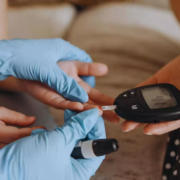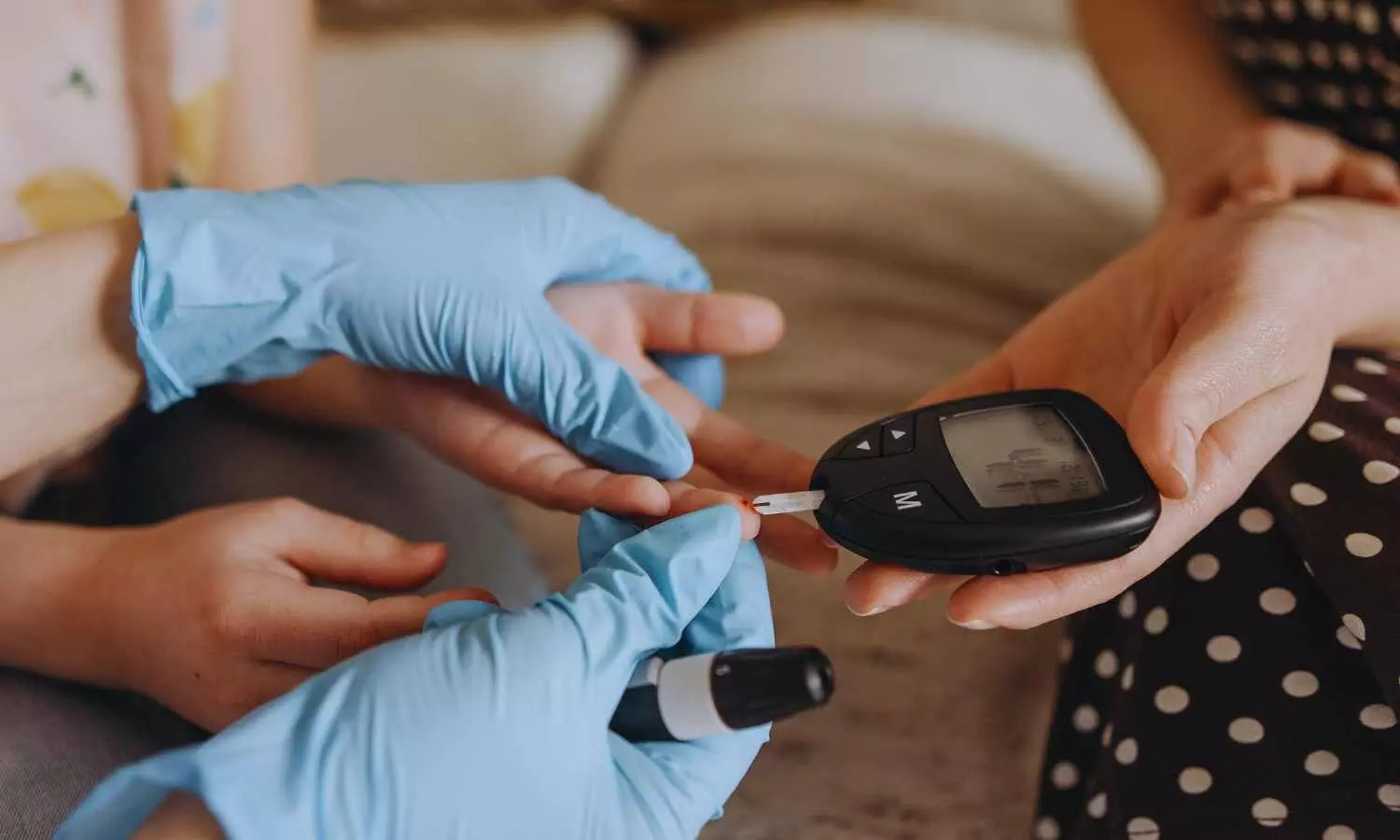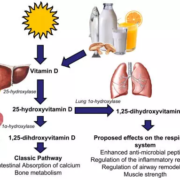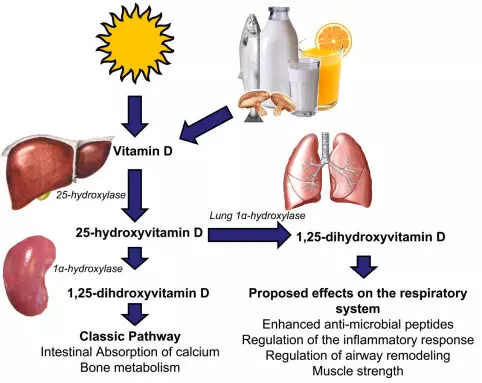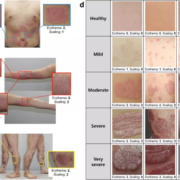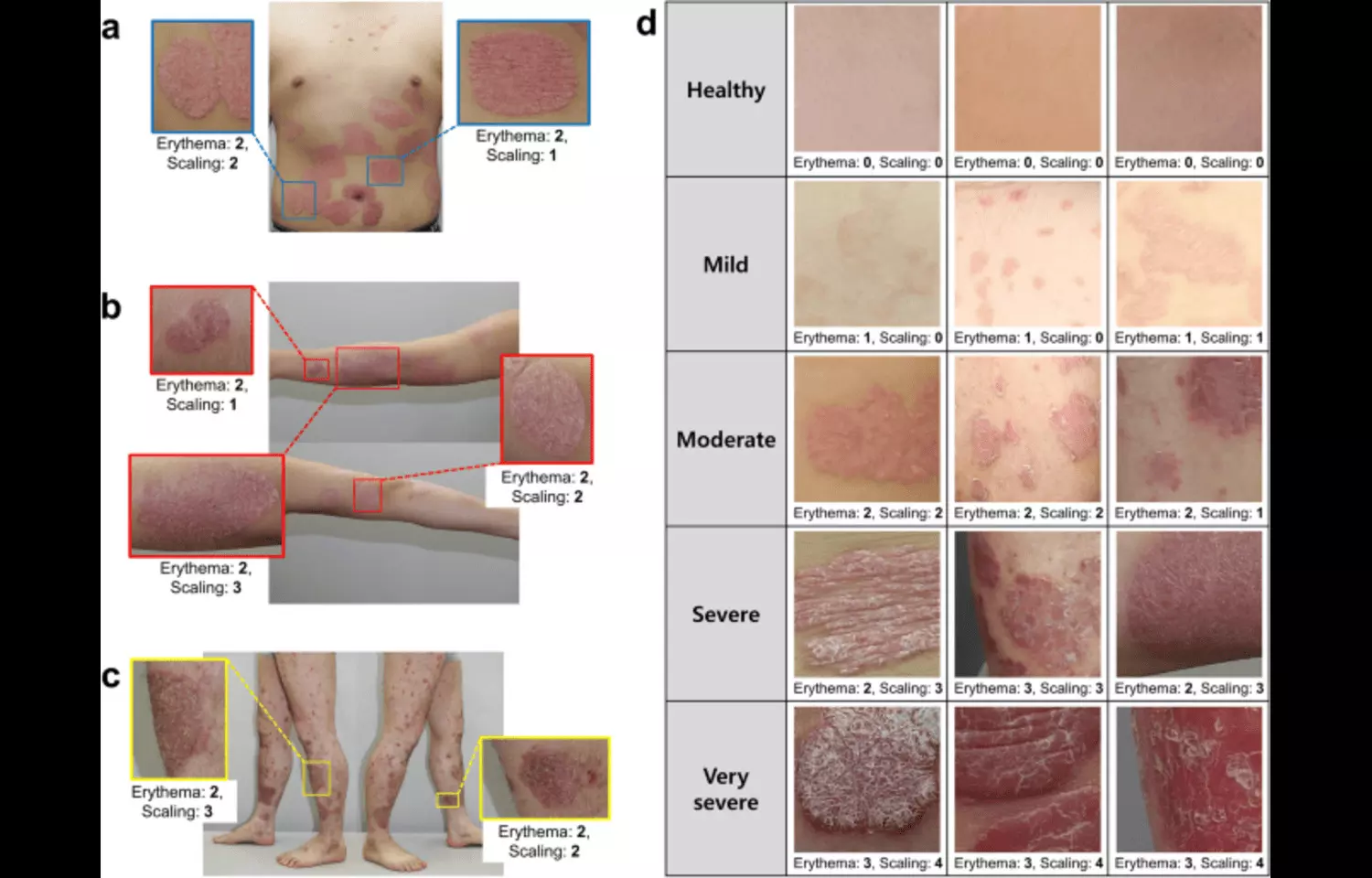Andhra Pradesh PHC doctors announce hunger strike from October 3

Vijayawada: Upset and frustrated over the government’s continued ignorance towards their basic demands, doctors working at Primary Health Centres (PHCs) across the state have announced a hunger strike on October 3, suspending outpatient services if their demands, on issues such as promotions, allowances, increments, and other service-related concerns, are not addressed.
Calling the doctors’ demands ‘unjustifiable’, the health department has deployed doctors from district and teaching hospitals to the PHCs to ensure zero disruption in providing medical services to the patients. The department has also urged the doctors to resume their duties and call off the strike.
This comes after talks between the doctors and the Commissioner of Health and Family Welfare failed to yield a resolution. Recently, the Commissioner of Health and Family Welfare invited APPHCDA leaders for a discussion regarding their concerns. However, when the meeting did not yield any results, the doctors decided to intensify their protest.
Also read- Andhra Pradesh doctor suspended over patient death at PHC
Doctors under the Andhra Pradesh Primary Health Centres Doctors Association (APPHCDA) recently submitted a strike notice to the Director of Public Health, Dr P Padma Sasidhar, and higher authorities, giving the government a five-day window to address their demands before launching agitation.
The association has planned a series of protests, including sit-ins at the district centres on September 30, October 1, and 2, to step up pressure on the government.
“Our demands are genuine and repeatedly ignored. Without immediate resolution, we will escalate with a hunger strike in Vijayawada beginning on October 3,” APPHCDA President Ravindra Naik told PTI.
He said that for 2025–26, the in-service PG quota was reduced to 15 per cent in only seven branches, compared to 20 per cent across all branches last year.
The doctors have demanded a uniform 15 per cent in-service quota across all specialities for the next three years to ensure fairness for Primary Health Centre (PHC) doctors pursuing postgraduate courses.
Another demand is time-bound promotions, noting that PHC doctors have served 20 years without advancement. In comparison, District Speciality Hospital (Andhra Pradesh Vaidya Vidhana Parishad) doctors were promoted within just three years of service.
The association also highlighted the absence of tribal allowances for PHC doctors working in remote forest areas, while District Speciality Hospital doctors have been receiving these benefits for two years.
Further demands include a mobile medical services allowance and other service-related issues, the association said.
However, the state government mentioned that a recent GO has allotted 15% clinical and 30% non-clinical PG seats for in-service doctors. Therefore, the government claimed that the protest is unjust. Approximately 1,000 PG doctors will join duties from November, vacancies in secondary hospitals will be filled by 2027, and teaching hospitals by 2028, said the government.
In case the doctors continue with their hunger strike on October 3, the services at the PHCs will be severely hit, as 1 lakh patients a day on average, particularly in rural and tribal areas, receive their treatment from these centres, report TNIE.
To ensure that the centres run smoothly without disruption, the health department deployed 1,014 PG students, senior residents, and MBBS tutors, and 1,017 MBBS doctors from other hospitals to the PHCs.
Also read- Madras HC rejects plea for doctor’s appointment at PHC, says it’s a departmental matter
Powered by WPeMatico


